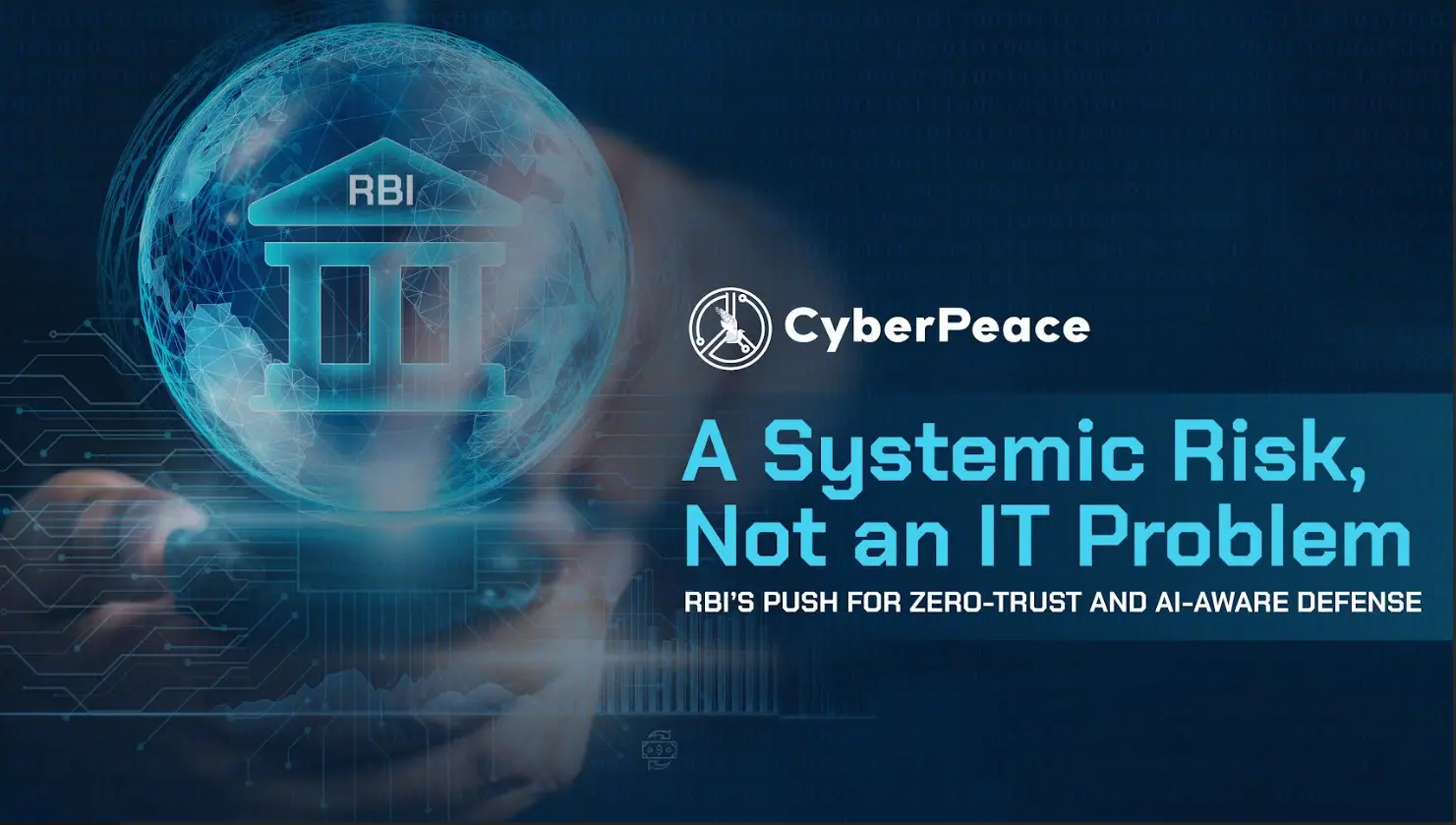Introduction
Recently, in April 2025, security researchers at Oligo Security exposed a substantial and wide-ranging threat impacting Apple's AirPlay protocol and its use via third-party Software Development Kit (SDK). According to the research, the recently discovered set of vulnerabilities titled "AirBorne" had the potential to enable remote code execution, escape permissions, and leak private data across many different Apple and third-party AirPlay-compatible devices. With well over 2.35 billion active Apple devices globally and tens of millions of third-party products that incorporate the AirPlay SDK, the scope of the problem is enormous. Those wireless-based vulnerabilities pose not only a technical threat but also increasingly an enterprise- and consumer-level security concern.
Understanding AirBorne: What’s at Stake?
AirBorne is the title given to a set of 23 vulnerabilities identified in the AirPlay communication protocol and its related SDK utilised by third-party vendors. Seventeen have been given official CVE designations. The most severe among them permit Remote Code Execution (RCE) with zero or limited user interaction. This provides hackers the ability to penetrate home networks, business environments, and even cars with CarPlay technology onboard.
Types of Vulnerabilities Identified
AirBorne vulnerabilities support a range of attack types, including:
- Zero-Click and One-Click RCE
- Access Control List (ACL) bypass
- User interaction bypass
- Local arbitrary file read
- Sensitive data disclosure
- Man-in-the-middle (MITM) attacks
- Denial of Service (DoS)
Each vulnerability can be used individually or chained together to escalate access and broaden the attack surface.
Remote Code Execution (RCE): Key Attack Scenarios
- MacOS – Zero-Click RCE (CVE-2025-24252 & CVE-2025-24206) These weaknesses enable attackers to run code on a MacOS system without any user action, as long as the AirPlay receiver is enabled and configured to accept connections from anyone on the same network. The threat of wormable malware propagating via corporate or public Wi-Fi networks is especially concerning.
- MacOS – One-Click RCE (CVE-2025-24271 & CVE-2025-24137) If AirPlay is set to "Current User," attackers can exploit these CVEs to deploy malicious code with one click by the user. This raises the level of threat in shared office or home networks.
- AirPlay SDK Devices – Zero-Click RCE (CVE-2025-24132) Third-party speakers and receivers through the AirPlay SDK are particularly susceptible, where exploitation requires no user intervention. Upon compromise, the attackers have the potential to play unauthorised media, turn microphones on, or monitor intimate spaces.
- CarPlay Devices – RCE Over Wi-Fi, Bluetooth, or USB CVE-2025-24132 also affects CarPlay-enabled systems. Under certain circumstances, the perpetrators around can take advantage of predictable Wi-Fi credentials, intercept Bluetooth PINs, or utilise USB connections to take over dashboard features, which may distract drivers or listen in on in-car conversations.
Other Exploits Beyond RCE
AirBorne also opens the door for:
- Sensitive Information Disclosure: Exposing private logs or user metadata over local networks (CVE-2025-24270).
- Local Arbitrary File Access: Letting attackers read restricted files on a device (CVE-2025-24270 group).
- DoS Attacks: Exploiting NULL pointer dereferences or misformatted data to crash processes like the AirPlay receiver or WindowServer, forcing user logouts or system instability (CVE-2025-24129, CVE-2025-24177, etc.).
How the Attack Works: A Technical Breakdown
AirPlay sends on port 7000 via HTTP and RTSP, typically encoded in Apple's own plist (property list) form. Exploits result from incorrect treatment of these plists, especially when skipping type checking or assuming invalid data will be valid. For instance, CVE-2025-24129 illustrates how a broken plist can produce type confusion to crash or execute code based on configuration.
A hacker must be within the same Wi-Fi network as the targeted device. This connection might be through a hacked laptop, public wireless with shared access, or an insecure corporate connection. Once in proximity, the hacker has the ability to use AirBorne bugs to hijack AirPlay-enabled devices. There, bad code can be released to spy, gain long-term network access, or spread control to other devices on the network, perhaps creating a botnet or stealing critical data.
The Espionage Angle
Most third-party AirPlay-compatible devices, including smart speakers, contain built-in microphones. In theory, that leaves the door open for such devices to become eavesdropping tools. While Oligo did not show a functional exploit for the purposes of espionage, the risk suggests the gravity of the situation.
The CarPlay Risk Factor
Besides smart home appliances, vulnerabilities in AirBorne have also been found for Apple CarPlay by Oligo. Those vulnerabilities, when exploited, may enable attackers to take over an automobile's entertainment system. Fortunately, the attacks would need pairing directly through USB or Bluetooth and are much less practical. Even so, it illustrates how networks of connected components remain at risk in various situations, ranging from residences to automobiles.
How to Protect Yourself and Your Organisation
- Immediate Actions:
- Update Devices: Ensure all Apple devices and third-party gadgets are upgraded to the latest software version.
- Disable AirPlay Receiver: If AirPlay is not in use, disable it in system settings.
- Restrict AirPlay Access: Use firewalls to block port 7000 from untrusted IPs.
- Set AirPlay to “Current User” to limit network-based attack.
- Organisational Recommendations:
- Communicate the patch urgency to employees and stakeholders.
- Inventory all AirPlay-enabled hardware, including in meeting rooms and vehicles.
- Isolate vulnerable devices on segmented networks until updated.
Conclusion
The AirBorne vulnerabilities illustrate that even mature systems such as Apple's are not immune from foundational security weaknesses. The extensive deployment of AirPlay across devices, industries, and ecosystems makes these vulnerabilities a systemic threat. Oligo's discovery has served to catalyse immediate response from Apple, but since third-party devices remain vulnerable, responsibility falls to users and organisations to install patches, implement robust configurations, and compartmentalise possible attack surfaces. Effective proactive cybersecurity hygiene, network segmentation, and timely patches are the strongest defences to avoid these kinds of wormable, scalable attacks from becoming large-scale breaches.
References
















